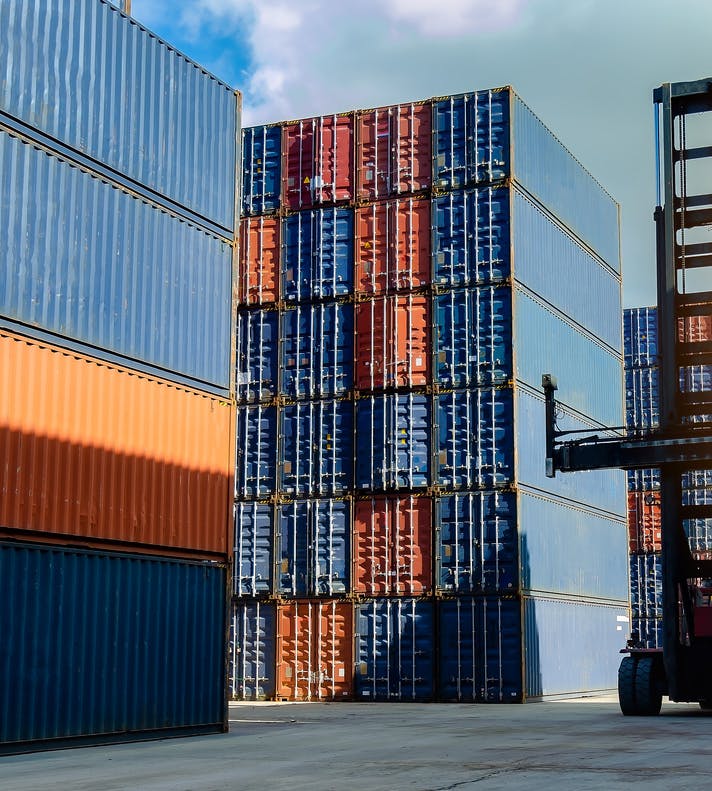Port Call Standard
Synchronised port calls through standardised communication



A shared language for port call planning
Today, container vessel arrivals are often managed using static schedules and operational buffers that fail to reflect real-time conditions at sea and in port, terminal. This lack of synchronisation between stakeholders can lead to vessels arriving earlier than their berth is available.
The Port Call Standard enables digital, real-time sharing of accurate data for port call services orchestration, such as berthing, pilotage, towage, cargo operations and bunkering amongst others. By creating a shared operational picture, the standard reduces manual coordination, minimises errors and supports proactive decision-making instead of reactive.
Jump to documentation
For the standard definition and implementation resources visit the Port Call Standard documentation page. This includes the API specification, business process model, use cases and downloadable artefacts.

Why do we need a Port Call Standard?
Today, vessel arrivals are often managed at the last phase of the journey or simply too late and do not reflect real -time conditions. Without synchronisation between carriers, terminals and ports, vessels frequently arrive before a berth is available and must wait at the anchorage.
Container shipping is characterised by back-to-back port calls, which requires any changes in planning to be communicated timely; incomplete or lack of coordination in planning increase emissions, cause congestion, and lead to inefficient use of resources.
Additionally, communication is fragmented, formats are inconsistent, and updates are often manual. This makes it difficult to adjust Estimated Time of Arrival (ETA) and Estimated Time of Departure (ETD) dynamically, resulting in higher costs, unnecessary emissions, and less predictability for supply chain partners.
The Port Call Standard creates a common foundation for sharing operational port call data. It helps everyone involved work with the same version of information, in real time.
Key benefits include:
Interested in adopting the Port Call Standard?
Contact our team to learn more about how to align your implementation or explore the full Port Call standard documentation directly.